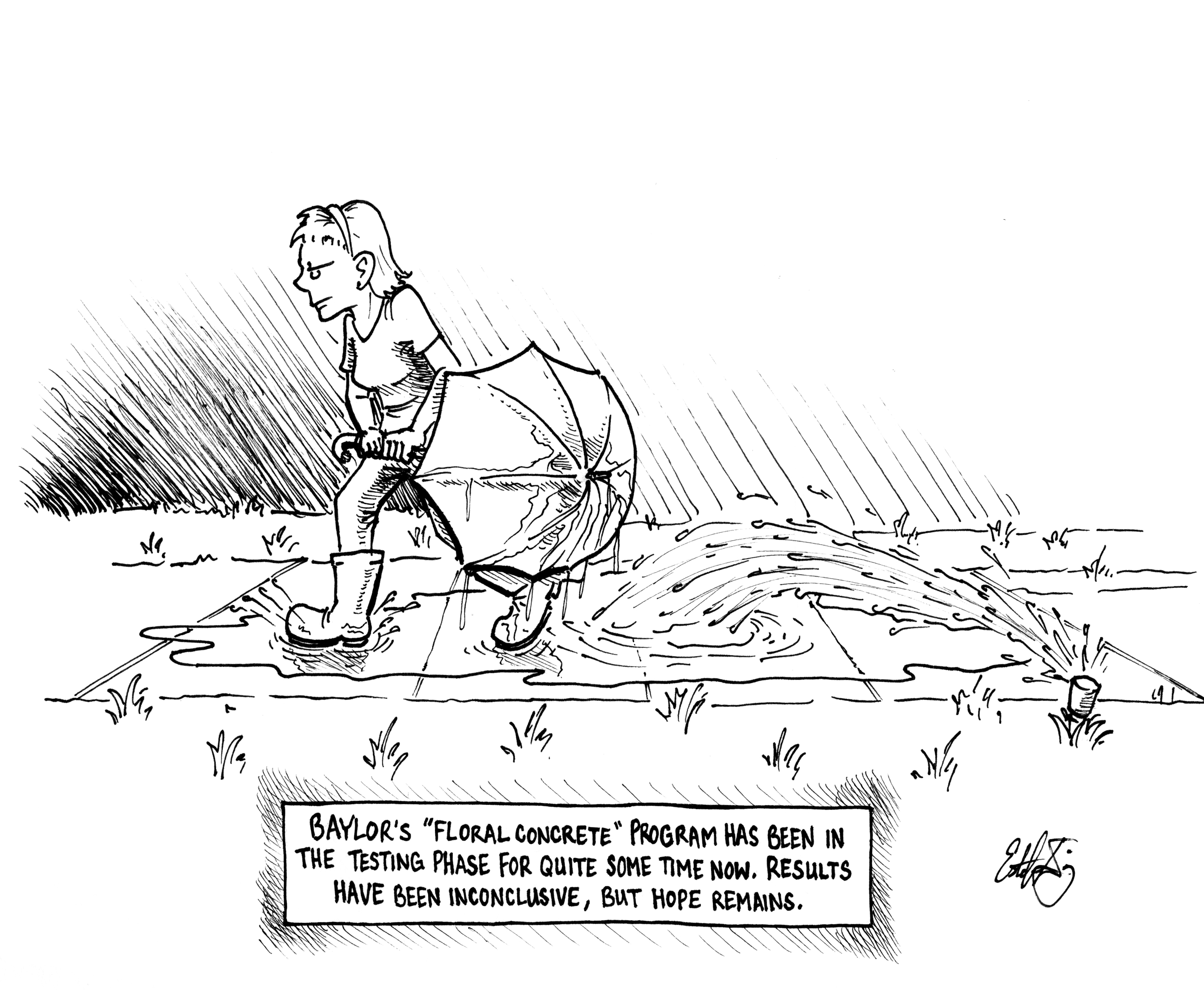Leading the way through the treacherous waters of Pre-Algebra to the victory of understanding.
Tuesday, August 27, 2013
How To Play Hearts
Here's a quick video on how to play hearts.
Link
Some of you have played this on a computer or other electronic device. If you haven't, this explains how to play the game.
Link
Some of you have played this on a computer or other electronic device. If you haven't, this explains how to play the game.
Planning
Image Source
If you don't understand the problem, creating a solution can be nearly impossible.
Word problems can be especially tricky, especially when they don't have accurate diagrams attached.
If you see a word problem that has to do with 2D or 3D shapes, one of the first things you should do is to draw a diagram using the information given. That's why it's important to pay attention when Mr. V explains how to draw the shapes, especially 3D ones. That's coming up in a video for next week. Also watch out when a word problem starts slinging around a variable, as they might not always want to know what the variable stands for. All of this has to do with understanding the problem.
Once you've done that, you can make a plan of what to do about it. Perhaps your plan might include drawing the shape being described, or if the shape is on it's side, redrawing it so that it is on the base. Or finding what the variable stands for so that you can test each answer choice.
Then you need to be extra careful about working your plan. If your drawing is missing some information, you might need to adjust it. Or if you aren't careful in finding the variable, your tests might say all answer choices were wrong.
In those cases, the reasonableness (meaning is it likely that the answer you got is the correct one) comes into question. So you may need to look at the answer choices to see if you're close or way off. Again, be careful about this, as there may be one close to yours intentionally placed there by the test giver.
At any rate, knowing what plans to use is a skill that can be practiced, and I intend for us to do that.
So, now that you've read the post, either put in your journal or take a sheet of paper and let me know where you think you might run into trouble when trying to solve word problems.
Caine's Arcade
Here's a few videos related to a project we'll be doing.
Video
Video 2
So when you're starting to get bored in math class, remember that we're working towards making a few of these.
That first weekend in October mentioned in the blog is really coming and our school is really planning to do something then. This is the other reason we're starting to learn about 2D and 3D shapes right now, as opposed to later in the year. Soon, I'll break you guys up into groups to figure out how to build a few of these.
Video
So when you're starting to get bored in math class, remember that we're working towards making a few of these.
That first weekend in October mentioned in the blog is really coming and our school is really planning to do something then. This is the other reason we're starting to learn about 2D and 3D shapes right now, as opposed to later in the year. Soon, I'll break you guys up into groups to figure out how to build a few of these.
Cubism vs Pop Art
These two forms of art have much more geometric qualities, one due to style, the other due to substance. Let's create a Venn diagram to compare the two movements.
Cubism Pop Art
Violin and Candle by Georges Braque on left and Still Life 20 by Tom Wesselmann on right.
Cubism Pop Art
Violin and Candle by Georges Braque on left and Still Life 20 by Tom Wesselmann on right.
Sunday, August 25, 2013
Venn Diagrams
A Venn Diagram is a set of circles that overlap. It is useful in explaining similarities and differences. I will create part of it and you recreate it and then finish it.
Other things you could put in there for me are reading, science, technology, art, classical music, and I may add a few extra tomorrow in class.
I didn't include them in the example because if we both like one of those, it should go in the middle with SASIC.
We'll do something similar with your classmates during class tomorrow.
Other things you could put in there for me are reading, science, technology, art, classical music, and I may add a few extra tomorrow in class.
I didn't include them in the example because if we both like one of those, it should go in the middle with SASIC.
We'll do something similar with your classmates during class tomorrow.
Fox, Goose, and a Bag of Beans
Here's a famous math game that I think you can solve. Hope you haven't already seen it, but if you have go ahead and try it again. Be sure to write down your solution with a correct heading!
Once upon a time a farmer went to market and purchased a fox, a goose, and a bag of beans. On his way home, the farmer came to the bank of a river and rented a small boat. In crossing the river by boat, the farmer could carry only himself and only one of his purchases – the fox, the goose, or the bag of the beans.
If left alone, the fox would eat the goose, and the goose would eat the beans.
The farmer’s challenge was to carry himself and his purchases to the far bank of the river, leaving each purchase intact.
How did he do it?
Once upon a time a farmer went to market and purchased a fox, a goose, and a bag of beans. On his way home, the farmer came to the bank of a river and rented a small boat. In crossing the river by boat, the farmer could carry only himself and only one of his purchases – the fox, the goose, or the bag of the beans.
If left alone, the fox would eat the goose, and the goose would eat the beans.
The farmer’s challenge was to carry himself and his purchases to the far bank of the river, leaving each purchase intact.
How did he do it?
Tuesday, August 20, 2013
Monday, August 19, 2013
Wil Wheaton Plays Once Upon A Time
Here's a video of a fun card game being played out. Sometimes watching is a good way to learn how to play.
Video Link
Warning: A bit of bad language in this one but not much.
Warning: A bit of bad language in this one but not much.
Teaching Creativity
A TED talk about teaching creativity through beating back fear of failure with small successes.
Saturday, August 17, 2013
This Game is Amazing!
Kerbal Space Program 101
Many of the concepts needed for rocketry require Calculus and Trigonometry, which both require a basic understanding of mathematics concepts in order to be clear. A strong understanding of ratios is also very important.
Monday, August 12, 2013
Quickly Solve Any Percent!
Understanding percents mostly require your multiplication facts.
Percentage Trick
Pretty nice, huh? Here are a few more examples.
Percentage Trick 2
Hope this helps you when you look at percentages. Especially when you're shopping or trying to figure out how much tax or tip is!
Pretty nice, huh? Here are a few more examples.
Hope this helps you when you look at percentages. Especially when you're shopping or trying to figure out how much tax or tip is!
The Future Is Closer Than You Think
Science fiction is quickly becoming science reality. Here's an example.
Mind Over Mechanics
Think this doesn't involve math? You forget that anything involving a computer involves mathematics.
Think this doesn't involve math? You forget that anything involving a computer involves mathematics.
Review of Division
I'm putting this here just in case anyone wants to brush up on their division knowledge.
Part 1
For division that doesn't go in evenly, watch this video below.
Part 2
Division with 2 digit numbers below:
Part 3
Finally, a review of division with decimals.
Hope these videos help you with your review. Don't forget that you can leave questions in the comment box below if you get lost.
For division that doesn't go in evenly, watch this video below.
Division with 2 digit numbers below:
Finally, a review of division with decimals.
Review of Fractions
Here's Sal from Khan Academy explaining equivalent fractions.
Part 1
Which is necessary to understand adding and subtracting fractions below.
Part 2
Equivalent fractions are also necessary in simplifying answers in multiplying fractions.
Part 3
Then we need this video below to understand how to divide fractions.
Part 4
Now we can divide!
Part 5
I hope these videos are clear and provide you with enough information to solve problems involving fractions. Here's one last video to deal with a complication that sometimes happens:
Part 6
Don't forget that if you have questions about any of these videos, you can leave them in the comment box below.
Which is necessary to understand adding and subtracting fractions below.
Equivalent fractions are also necessary in simplifying answers in multiplying fractions.
Then we need this video below to understand how to divide fractions.
Now we can divide!
I hope these videos are clear and provide you with enough information to solve problems involving fractions. Here's one last video to deal with a complication that sometimes happens:
Don't forget that if you have questions about any of these videos, you can leave them in the comment box below.
Review of Exponents
Here is a great review of exponents.
Exponents part 1
Part 1 goes over negatives and exponents, and part 2 below goes over negative exponents.
Exponents Part 2
Hopefully these videos are clearly explaining or refining what you already know about exponents.
Part 1 goes over negatives and exponents, and part 2 below goes over negative exponents.
Hopefully these videos are clearly explaining or refining what you already know about exponents.
Wednesday, August 7, 2013
Wheel of Theodorus
Hello. I stumbled on a neat art project for math today, called the Wheel of Theodorus. Hopefully we can get that going in class. The link for instructions on how to teach it is here. It's for 8th grade and beyond, however, as it has to deal with Pythagorean theorem.
http://www.ldlewis.com/Teaching-Mathematics-with-Art/documents/MTMS2007-04-442a.pdf
http://www.ldlewis.com/Teaching-Mathematics-with-Art/documents/MTMS2007-04-442a.pdf
Subscribe to:
Posts (Atom)






